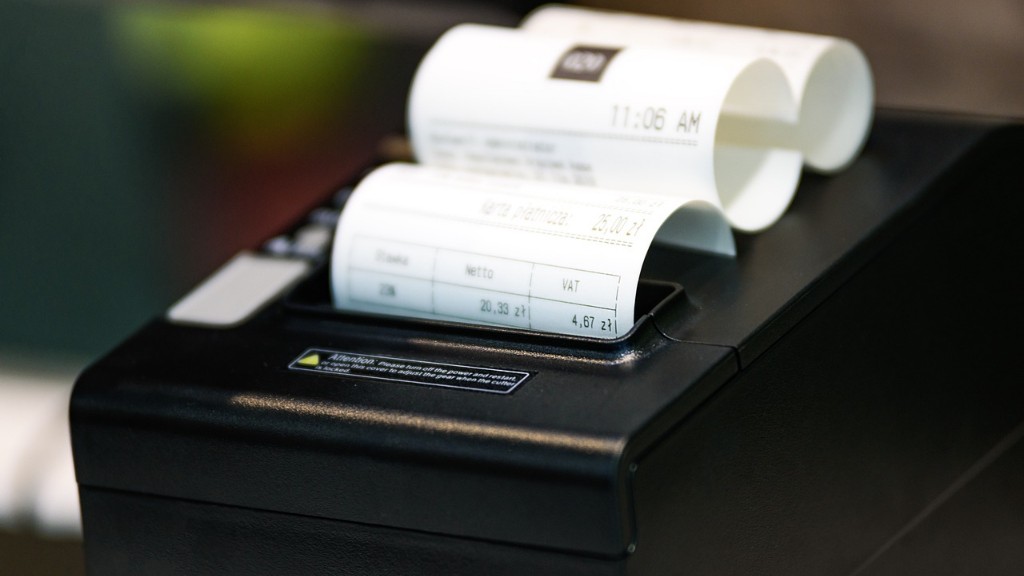When it comes to screen printing t-shirts, many people think the only ink they need to consider is what color it is. However, what type of ink you use can make a big difference in the quality of the finished product. While there are a few different types ink you can use for printing t-shirts, there are some specific qualities you should look for when choosing the best ink for your project.
First, you’ll want to evaluate the fabric you plan to print on. Certain types ink are more appropriate for certain fabrics, such as water-based or plastisol inks. Water-based inks are popularly used on organic materials, such as cotton, while plastisol inks are ideal for synthetic materials, such as polyester or acrylic blends. Depending on the fabric, you may also need to choose a speciality ink, such as special effect inks, discharge inks, and even metallic inks.
Once you know which type of ink is ideal for your fabric, the next decision is whether to go with a screen printing ink or a digital ink. Screen printing involves transferring ink through a mesh screen that is placed over the fabric. This method gives t-shirts a thicker, more vibrant finish, but is often more labor-intensive and costly than digital printing. Digital printing is a newer method of printing, which requires a printer with ink jet technology. This method is much faster and less expensive than screen printing, but may not have the same sharpness or vibrant colors.
Finally, you want to make sure you are using a high-quality ink. The best inks will not only look good on your t-shirts, but will also last longer and be more durable against abrasions and washing. Look for inks that are specifically designed for screen printing t-shirts, as their formulations are often superior to other types of inks. Additionally, you should check to make sure the ink adheres to all relevant safety regulations such as meeting applicable fire resistance codes.
In conclusion, when looking for ink to use for screen printing t-shirts, you should consider the fabric, type of ink, and overall quality. Choose a water-based ink for organic fabrics and plastisol ink for synthetic fabrics. Decide whether to choose a screen printing ink or digital ink and make sure the ink you select adheres to safety standards. With the right ink, you can create beautiful, long-lasting t-shirts with ease.
Types of Screen Printing Ink
When considering which ink to use to screen print t-shirts, there are a number of different types of screen printing ink to choose from. The most common inks used for screen printing t-shirts are water-based, plastisol, special effect, discharge, and metallic inks. Each type of ink has unique properties and offers different advantages depending on your project.
Water-based inks are a great choice for soft, thin t-shirts made from organic materials. They create a bright, vivid design that’s lightweight and easily next to the skin. While water-based inks can take a bit of time to cure, they offer a unique, slightly transparent look that really makes the design pop. Plastisol inks are ideal for synthetic materials and lend a thicker, stretchy finish. Special effect inks are great for adding texture and contrast to a design. Metallic inks create a unique, polished, 3-dimensional look, while discharge inks create a soft, vintage feel.
No matter what type of ink you choose, always be sure to use a high-quality ink from a reputable supplier. After all, the quality of your ink will directly affect the quality of your finished product.
Curing Screen Printing Ink
Once you have selected the right ink for your screen printing project, you will need to ensure that it is properly cured. Curing is the process of setting the ink to make it durable and long-lasting. Generally speaking, water-based inks need to be cured at lower temperatures than plastisol inks. It’s important to check with your supplier to determine the specific curing time and temperature for the ink you are using.
Typically, water-based inks need to be cured at relatively low temperatures between 280 to 330 degrees Fahrenheit. The time required for proper curing will depend on the specifics of your project. Plastisol inks, on the other hand, need to be cured at higher temperatures, between 320 to 375 degrees Fahrenheit. Again, check with your supplier for more specific instructions. Generally, plastisol inks require either air drying or oven curing.
Curing your screen printed t-shirts properly is essential for creating a long-lasting design. Be sure to follow the recommended curing instructions for your particular ink to ensure the best results.
Testing Screen Printing Ink
Before you begin your screen printing project, it’s a good idea to do a test print. This will help you identify any potential issues with your design or ink before starting the project in earnest. Doing a test print can save you time and money down the road by helping you avoid issues with the final product.
Start by running a few t-shirt prints with the same design and ink. After the prints have cured, do a visual inspection for any irregularities. Does the design appear the same as your image? Does it match the colors you intended? Is the ink cracked or peeled? These types of issues can easily be identified when you run a test print.
Once you’re pleased with the outcome, press the design onto actual fabric using the same ink and settings as your test print. If the t-shirt turns out alright, your screen printing is ready to go. If there are issues with the test t-shirt, it’s best to re-evaluate your settings and test again.
Maintaining Screen Printing Inks
To keep your screens in optimal working condition, you’ll need to do some basic maintenance on your ink from time to time. This will help prevent clogging and drying of the mesh. Additionally, it will ensure proper adhesion of the ink to the fabric and help to minimize waste.
One easy way to keep your screen printing ink in good shape is to use a “slug” or a piece of foam to remove any excess ink residue from behind the screen mesh. Doing this regularly will keep your screens and your prints looking clean and attractive. Additionally, extra fabric may attract dirt and dust, so be sure to give the insides of your frames a good wipe-down every now and then.
Furthermore, you should always be sure to keep your ink stored in a cool, dry place. Exposure to extreme temperatures can degrade the quality of the ink, so try to store it in a climate-controlled environment. Additionally, make sure to store the ink in opaque containers to protect it from dust, debris, and light.
Protecting Screen Printing Inks
After you’ve finished screen printing your t-shirts, you’ll want to make sure they stay looking nice for as long as possible. The best way to do this is to seal the inks with a durable sealer. This will protect the inks from fading, cracking, and general wear and tear.
Although there are a number of sealers available, the best one to use for t-shirts is a plastisol sealer. This type of sealer is heat activated and will provide a tough, glossy finish. Many suppliers offer plastisol sealers in numerous colors, so you can easily find one to match your design.
Applying a sealer to your t-shirt is easy. Just place the t-shirt on a flat surface and use a heat press to apply the sealer. If you don’t have a heat press, a standard iron will also work. Just make sure to follow the manufacturer’s instructions and use the appropriate temperature settings for the sealer.
By using a sealer on your screen printed t-shirts, you can keep them looking their best for a long time. This is a great way to extend the life of your shirt and ensure that your design looks great




